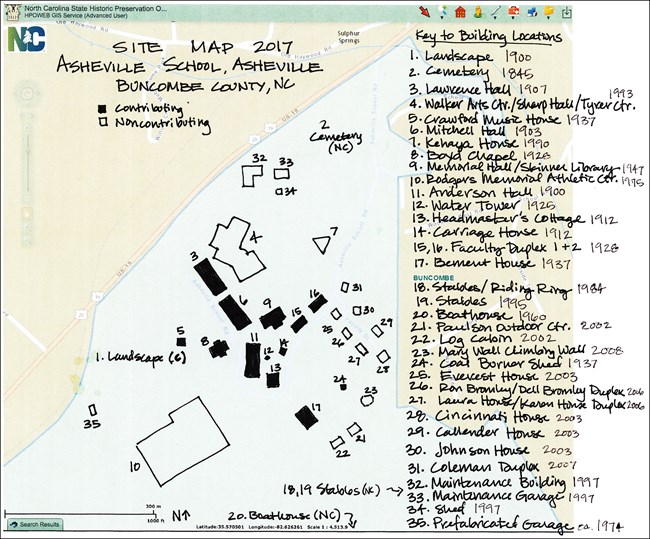
image courtesy of North Carolina State Historic Preservation Office Ashville School Additional DocumentationNorth Carolina, Reference Number: 96000614Area of Significance: Architecture, Landscape Architecture, and Education Period of Significance: 1900-1968 The Asheville School was listed in the National Register of Historic Places in 1996. This additional documentation extends the Period of Significance to 1968; updates the inventory to change contributing/noncontributing status where needed; and documents alterations to the campus since the original nomination. Link to file 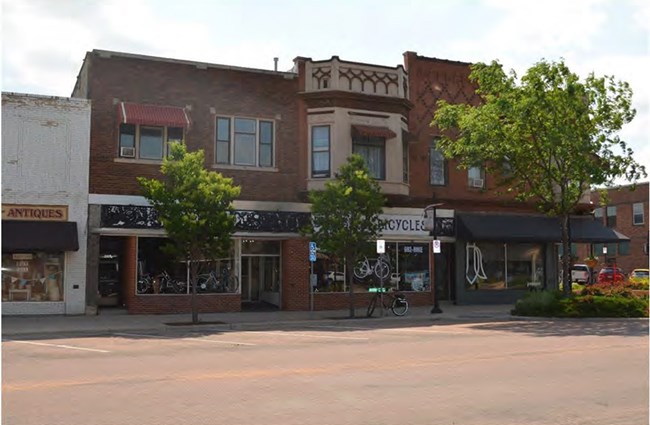
Photograph courtesy of South Dakota State Historic Preservation Office Brookings Commercial Historic District Additional DocumentationSouth Dakota, Reference Number: 88000029Area of Significance: Commerce, Architecture Period of Significance 1894-1940 This nomination is a 2020 update to a 1988 nomination where the period of significance remains the same but the inventory for each building has been revised and the context more fully developed to better justify significance under commerce and architecture. It is a good example of updating documentation for better use as a planning document. Additional documentation starts on page 175 of this 350-page nomination. Link to file 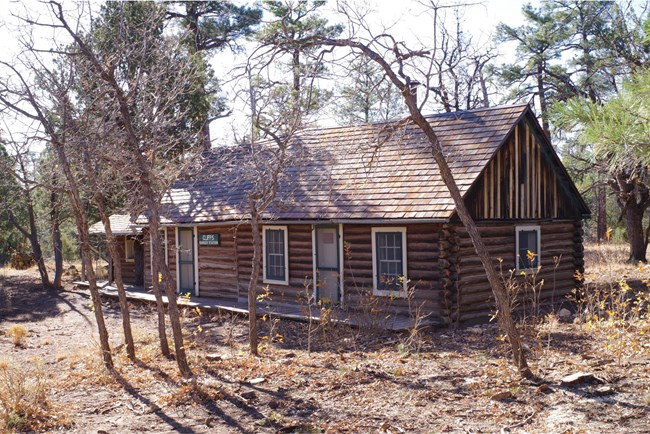
Photograph by James W. Steeley, courtesy of Organization of American Historians Cliffs Ranger Station Additional DocumentationArizona, Reference Number: 100004317Areas of Significance: Architecture, Conservation, Politics/Government Period of Significance 1904-1968 The Cliffs Ranger Station at Walnut Canyon National Monument was listed in the National Register of Historic Places in 1975 as the “Old Headquarters,” with an arbitrary 200-foot-square boundary and a vague description of its design, materials, and workmanship. The Additional Documentation/Boundary Increase document renamed the building to its historic title of Cliffs Ranger Station and expanded the boundary to include its remarkably intact landscape and its many associated landscape features. The addendum also fully describes the building’s character-defining features and recent rehabilitation. Link to file 
Image courtesy Georgia State Historic Preservation Office Downtown Athens Historic District Additional Documentation, Boundary Increase, and Boundary DecreaseGeorgia, Reference number: 06000737Area of Significance: Architecture, Black, Commerce, Community Planning and Development, Politics/Government Period of Significance: 1825-1974 This nomination provides an example of describing a boundary change by combining a boundary increase and a boundary decrease.It revises the documentation for the Downtown Athens Historic District, which was listed in the National Register in 1978, and subsequently expanded through a one-acre boundary increase in 1984. Link to file 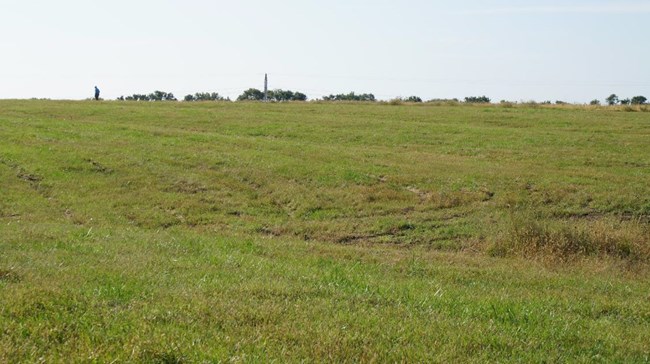
Photograph courtesy of Kansas State Historic Preservation Office Oregon-California Trail Segments Boundary Increase/Additional Documentation (First United Methodist Church OCT Segment)Kansas, Reference number: 16000132 The original nomination was listed as First United Methodist Church of Oregon-California Trail Segment, when the Additional Documentation and Boundary Increase was submitted, the resource was changed to Oregon-California Trail Segments and the resource became a district instead of a site. 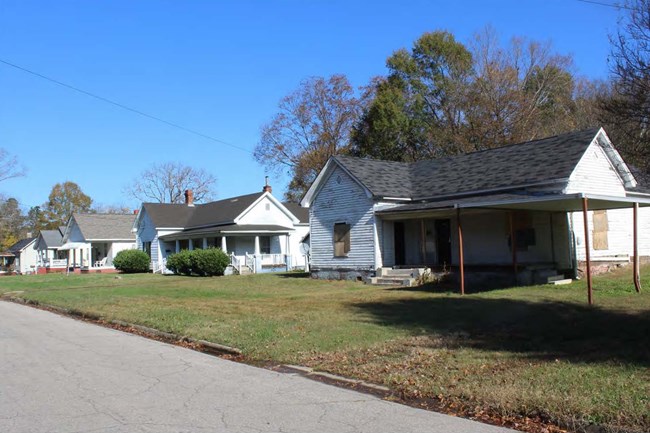
Photograph courtesy of North Carolina State Historic Preservation Office Oxford Historic District Additional Documentation / Boundary Increase / Boundary DecreaseNorth Carolina, Reference Number: 100005974Area of Significance: Architecture, Commerce, Industry, Ethnic Heritage: Black, Social History Period of Significance: 1825-1967 This nomination is a good example of a “complete overhaul” of an older nomination. The original nomination dates to 1988 and did not take into account some of the areas that contain what were then considered architecturally unimportant buildings that were associated with the town’s African American population. The new nomination includes a boundary increase to include these areas; a boundary decrease to acknowledge the demolition of a large industrial complex; and additional documentation to update the older inventory. The new nomination also includes a historical context and period of significance that is more inclusive and representative of events and conditions within the district. This new nomination effectively “replaces” the older one. Link to the file 
Photograph courtesy of Vermont State Historic Preservation Office Roxbury Fish Hatchery Additional DocumentationVermont, Reference number: 94000177Area of Significance: Agriculture, Architecture Period of Significance:1875-1949 Roxbury Fish Hatchery, initially listed in 1994, was updated in 2021 to acknowledge the loss of materials and changes to the landscape caused by a pair of natural disasters. The nomination provides an updated description of the surviving resources and an evaluation of the historic integrity of the property. Link to the file 
Photograph courtesy of Georgia State Historic Preservation Office Shirley Hills Historic District Boundary Increase/Additional DocumentationGeorgia, Refererence number: 14000269Area of significance: Architecture, Community Planning and Development, Landscape Architecture Period of Significance: 1922-1967 In this form, updated information is clearly identified in Section 5 (property classification) and Section 8 (statement of significance). Link to the file 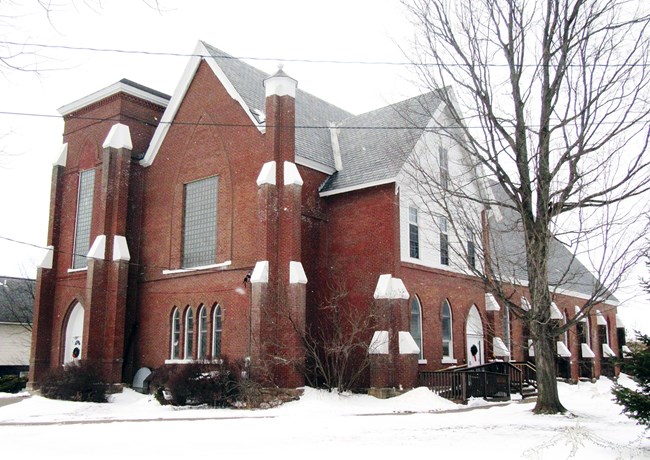
Photograph courtesy of Vermont State Historic Preservation Office St. Albans Historic District Additional Documentation, Boundary Increase, and Boundary DecreaseVermont, Reference Number: 100008758Area of Significance: Commerce, Entertainment/Recreation, Social History, Politics/Government, Religion, Transportation, Architecture, Landscape Architecture Period of Significance: 1792-1967 This very thorough nomination updates the 1980 nomination and contains a new inventory with updated resource numbering and descriptions, as well as adjustments to the boundary to both add and remove properties from the original district. This nomination provides strong examples of a revised sketch map, and re-numbered and cross-referenced inventory. Link to File |
Last updated: February 14, 2025
